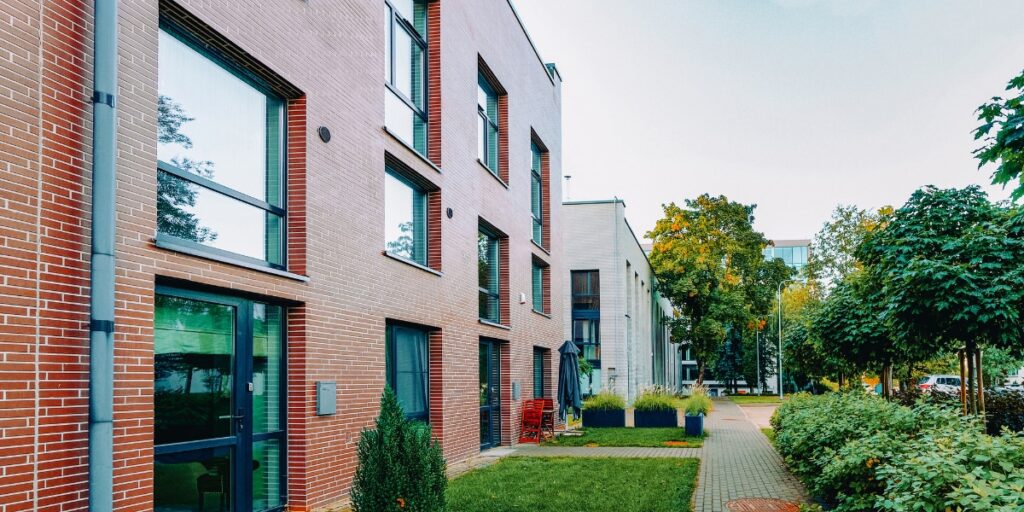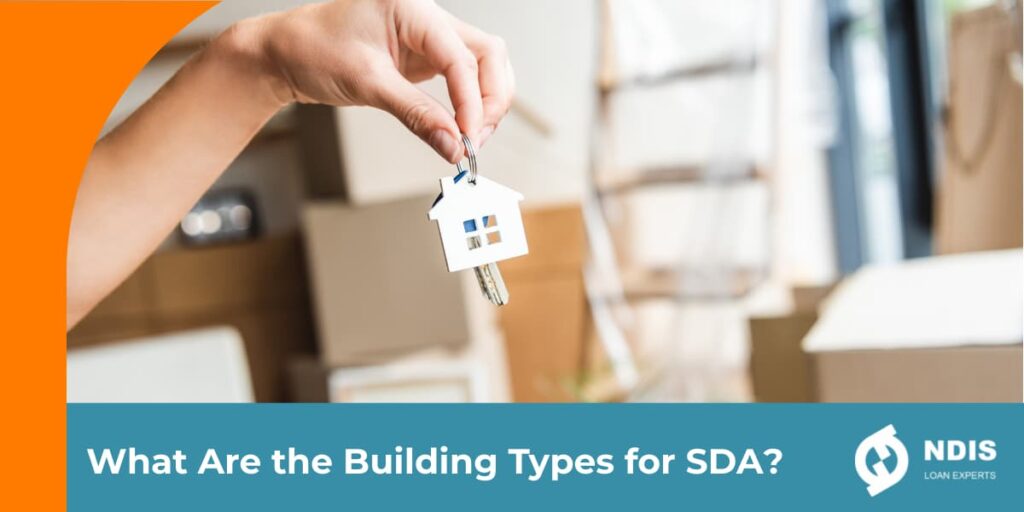Investing in Specialist Disability Accommodation (SDA) could be one of the most rewarding financial decisions you’ll make. Not just because you can potentially access an excellent income yield, but also because with SDA, many Australians with disability do not have access to housing that can support their needs.
There are many decisions to be made before you can offer an SDA property on the market; one of which is the building type you choose. Here’s a run down of the types of buildings available when building an NDIS investment property.
The four types of building funded by the NDIS
There are four types of building that are appropriate to support an SDA dwelling.
1. Houses
If you’re new to SDA, it may be refreshing to learn that not all disability housing comes in the form of clinical residences such as aged care facilities. ‘Houses’ in the context of the NDIS refer to detached, low-rise buildings that have courtyard areas of gardens. Houses are appropriate of a range of SDA design categories.
Houses usually occupy between 2 – 3 residents, each with their own bedroom and bathroom.
2. Apartments
Self-contained apartments that form part of larger residential buildings (apartments) are also one of the types of building appropriate for specialist disability accommodation. There are a number of configurations for SDA tenants when it comes to apartments.
They can either come between 1 – 3 bedrooms, however, the configurations are:
- 1 bedroom with one resident.
- 2 bedrooms with two residents.
- 2 bedrooms with one resident.
- or 3 bedrooms with two residents.
3. Villas, Duplexes and Townhouses
Duplexes, villas and townhouses refer to semi-attached dwellings that are still separate. They can either be under a strata title or single land title and can include stand-alone granny flats and villas.

4. Group Homes
Group homes are larger properties that are designed to accommodate 4 – 5 residents in them. Often, group homes are less common than other SDA building types.
What are the features of SDA homes?
The features, fittings and provisions of SDA homes will all differ, depending on which SDA design specification they’re built to. Whether it’s ramps, adjustable bench heights, wider doorways and hallways, ceiling hoists or in-built assistive technology, every SDA home must be certified by an approved SDA assessor and be built by a registered SDA builder.
How to determine the best building type for NDIS investment
There are several important considerations to be made before determining which building type is going to be best for your SDA property. For example, looking at the NDIS demand data to understand which types of properties are most in demand, and where. This will help guide you as to what SDA design category you feel will make the most meaningful impact to both you and the NDIS tenant. From here, you can then consider your funding options for your SDA investment property venture.
To ensure that you have the best lending structure for the building type that you choose, speak to the team at NDIS Loan Experts. We work with specialist NDIS valuers, and can provide higher leverage for either NDIS established or construction loans.


